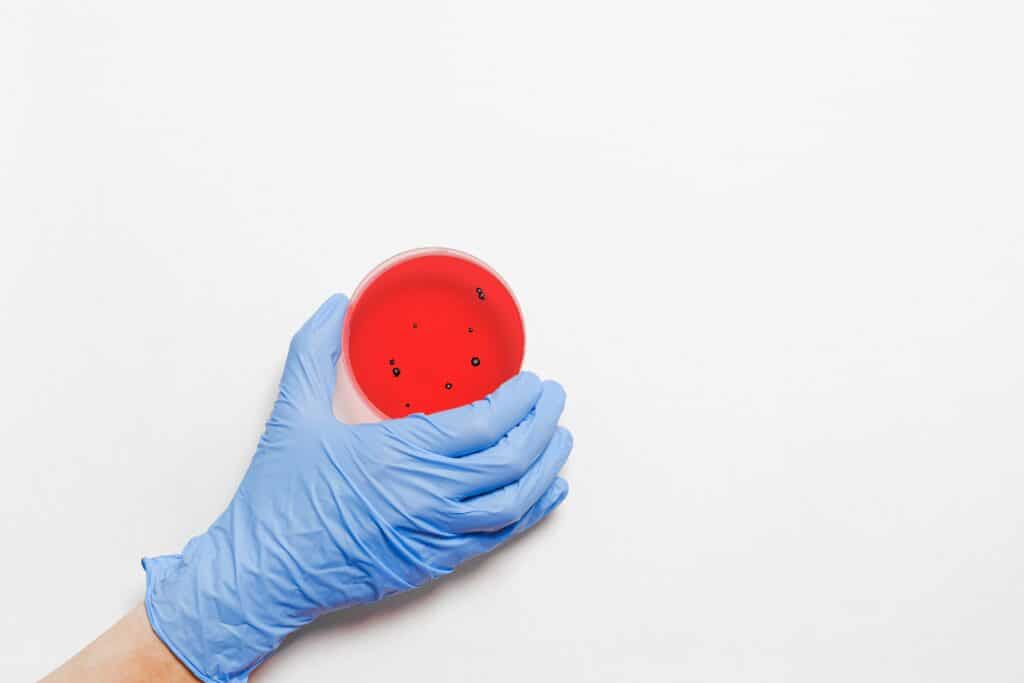Ethylene oxide is a colorless gas used in the sterilization of medical devices and the production of numerous products. Prolonged ethylene oxide exposure poses a cancer risk and can lead to health issues such as headaches and breathing difficulties.
Ethylene oxide (EtO) has been identified by the Environmental Protection Agency (EPA) as a hazardous air pollutant, posing significant public health risks. The EPA has categorized it as a human carcinogen based on multiple studies linking ethylene oxide exposure to increased cancer risk. Despite these concerns, it remains a pivotal chemical for industrial use.
Highlighted by the American Chemical Council for its versatility, ethylene oxide sterilization is used for roughly 50% of the United States’ medical devices— an estimated 20 billion devices annually. Additionally, it plays a role in the pesticide treatment of specific food items, such as spices and dried vegetables.
More than 90 facilities across the nation handle ethylene oxide and its byproducts, with thousands of Americans working directly or indirectly with the chemical.
The Occupational Safety and Health Administration requires ethylene oxide exposure to be monitored in the workplace, and ensures that protective equipment is provided to those who handle it. The Environmental Protection Agency’s regulations under the Clean Air Act regulate ethylene oxide emissions. And while general environmental exposure is low, certain professionals, including factory, agricultural, and medical equipment workers, could face increased exposure risks.
Fact: In 2016, the Environmental Protection Agency categorized ethylene oxide as a human carcinogen.
Ethylene Oxide Uses
Ethylene oxide is crucial in manufacturing a range of products, from industrial chemicals like ethylene glycol to consumer goods. Most notably, ethylene oxide is essential for the sterilization process of certain medical devices.
Key applications of ethylene oxide include:
- Adhesives
- Agricultural insecticides
- Antifreeze
- Cosmetics
- Detergents
- Fabrics for clothing, pillows, and carpets
- Fiberglass components (e.g., jet skis, bowling balls)
- Herbicides
- Household cleaning agents
- Industrial cleaning agents
- Medical device sterilization (for heat-sensitive items like knee implants and electronics)
- Medicines
- Packaging and beverage container materials (Polyethylene terephthalate, PET)
- Shampoos
- Spice sterilization
What Does Ethylene Oxide Kill?
Ethylene oxide effectively kills bacteria, viruses, and other microorganisms by disrupting their cell membranes. Consequently, it’s a very common sterilization method for medical devices, such as knee implants and syringes, as well as treating dry foods for pests, like spices and grains.
Fact: Each year, ethylene oxide sterilizes approximately 20 billion medical devices.

Who is at High Risk for Ethylene Oxide Exposure?
People who directly work with ethylene oxide face the highest health risk due to long-term exposure. This includes:
- Agricultural workers using ethylene oxide for grain bin insecticides
- Factory employees producing ethylene oxide
- Hospital staff involved in ethylene oxide sterilization of medical equipment
- Plant workers manufacturing products like antifreeze, solvents, and detergents using ethylene oxide.
Ethylene Oxide Exposure Side Effects
The general public rarely faces ethylene oxide exposure side effects due to low levels of daily contact with the chemical. However, those exposed to high levels, often through inhalation, contaminated air, or occupational exposure, can experience significant health risks.
Prolonged exposure or coming into contact with high levels of ethylene oxide can lead to severe health complications, like lung damage and cardiovascular collapse.
The Environmental Protection Agency hasn’t set a safe limit for ethylene oxide levels in the air.
Potential side effects from ethylene oxide exposure include:
- Breathing difficulties
- Burns to the eyes
- Cancer
- Diarrhea
- Drowsiness
- Exhaustion
- Eye irritation
- Frostbite
- Headache
- Irritation of the nose, throat, lungs, and skin
- Memory impairment
- Miscarriages
- Nausea
- Numbness
- Reproductive issues
- Seizures
- Skin burns
- Vomiting
- Weakness
What Cancers are Linked to Ethylene Oxide?
Ethylene oxide exposure is linked to an elevated cancer risk. Prolonged contact with ethylene oxide can lead to cancers like non-Hodgkin lymphoma, myeloma, and lymphocytic leukemia, as identified by the Environmental Protection Agency (EPA).
It also heightens the risk of breast cancer in women. Animal tests have indicated the potential for brain, lung, and uterine tumors. And while the EPA hasn’t defined specific exposure limits, they state that any EtO exposure, even minimal, presents a cancer risk.
Preventing and Treating Ethylene Oxide Exposure
Ethylene oxide poisoning has no cure. Treatment consists of decontamination and providing respiratory and cardiovascular support. Those who are treating those who have been exposed to ethylene oxide should wear protective gear and alert their local HAZMAT teams.
Even if symptoms don’t appear, you should immediately seek medical evaluation within 72 hours if you suspect you were exposed to ethylene oxide. The Agency for Toxic Substances & Disease Registry offers guidance on how to handle these exposures. For further details, reach out to Poison Control Centers at the local, state, or national levels.

How to Prevent Ethylene Oxide Exposure
Workplace exposure to ethylene oxide is common. By law, employers must provide protective gear. Limitations on EtO exposure durations exist as well.
In order to protect yourself from ethylene oxide, you should:
- Wear protective clothing.
- Dispose of contaminated attire.
- Use goggles and skin shields.
- Avoid smoking, eating, or drinking when handling EO.
- Consult a doctor after any exposure.
- Never work with EO without protection.
Decontamination
If you’re exposed to ethylene oxide, decontamination is critical. Remove contaminated clothing, wash skin and hair for three to five minutes, and flush your eyes (after removing contact lenses) with saline or water for 15 minutes.
Advanced Treatment
If breathing is difficult, intubation will be performed. Bronchodilators may be administered to aid with breathing. Those with severe symptoms, like coma, seizures, or irregular heartbeat, will receive advanced life support in the hospital after decontamination.
Ethylene Oxide Lawsuits
The EPA regulates ethylene oxide emission as part of its list of hazardous air pollutants. Unfortunately, those who work in or live near industrial facilities may be exposed due to uncontrolled EtO emissions. Because ethylene oxide is a colorless, odorless gas, it can affect air quality for up to 149 days in colder climates.
Those who were diagnosed with cancer after these exposures are suing the responsible entities. Associated cancers include breast cancer, lymphoid tumors, non-Hodgkin lymphoma, multiple myeloma, and chronic lymphocytic leukemia.
If you suspect your cancer diagnosis is linked to ethylene oxide exposure, you should consult with a personal injury lawyer immediately to determine if you are eligible to file an ethylene oxide lawsuit.
References
- https://www.americanchemistry.com/EO/Ethylene-Oxide-and-the-Potential-Cost-of-Deselection.pdf
- https://www.anderseneurope.com/eto-sterilisation/ethylene-oxide/how-does-ethylene-oxide-work
- https://www.atsdr.cdc.gov/mmg/mmg.asp?id=730&tid=133
- https://www.cancer.gov/about-cancer/causes-prevention/risk/substances/ethylene-oxide
- https://www.cdc.gov/niosh/topics/ethyleneoxide/default.html
- https://www.chemicalsafetyfacts.org/ethylene-oxide/
- https://www.epa.gov/hazardous-air-pollutants-ethylene-oxide/frequent-questions-about-ethylene-oxide-eto
- https://www.epa.gov/il/ethylene-oxide-emissions-frequent-questions
- https://www.epa.gov/sites/production/files/2016-09/documents/ethylene-oxide.pdf
- https://www.osha.gov/OshDoc/data_General_Facts/ethylene-oxide-factsheet.pdf
- https://www.osha.gov/ethylene-oxide
- https://pubmed.ncbi.nlm.nih.gov/24958024/
- https://www.sciencedirect.com/topics/veterinary-science-and-veterinary-medicine/ethylene-oxide
